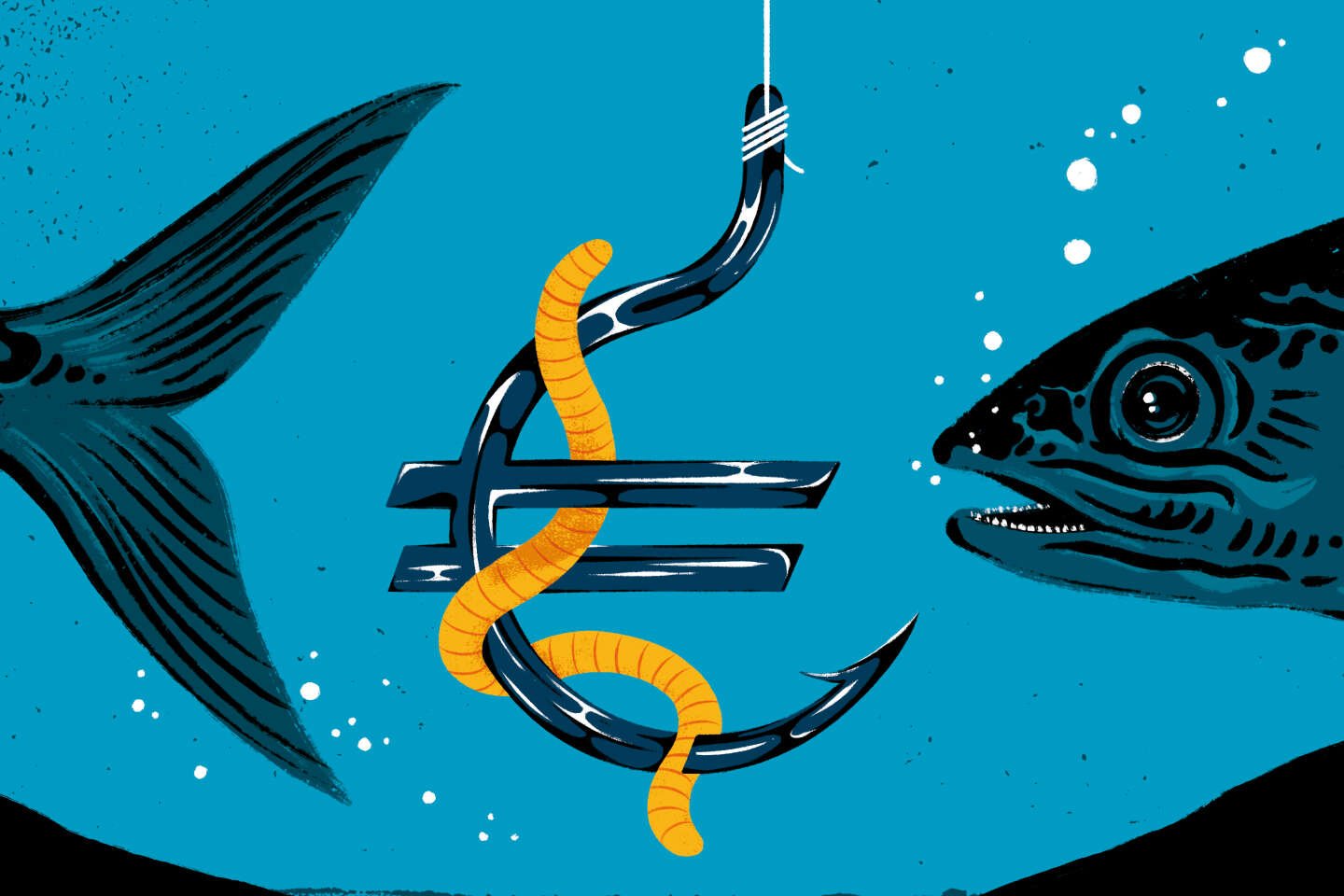Flashback. Just three years ago, savers holding euro-denominated funds in their life insurance with a yield that slowed (1.3% in 2020 and 2021) were encouraged by a well-established marketing message to ditch them in favor of diversified unit- linked supports, riskier but believed to perform better over time.
Today, the tone is changing. Boosted by the rise in bond rates on which they largely depend, the average euro-denominated profitability of these funds, which already reached 1.9% in 2022, rose sharply in 2023. Driven by certain offers yielding 3% or more, it should cross the 2.50% mark, returning to 2014 levels.
In terms of net inflation, of course, this performance remains negative. But the risk-reward ratio of this investment is undoubtedly regaining its luster. “Eurofunds are once again establishing themselves as the most attractive investment option”, estimates Antoine Delon, president of online broker Linxea.
Insurers are keen to use this upward trend to face competition from term and Livret A accounts (€28.7 billion in net inflows in 2023, compared to -€27.6 billion in funds in euro life insurance due to large selections). An opportunity for them to pump new money into their networks to revitalize the bond assets on which their Eurofunds are based.
What about savers? Attempting to answer this question requires first deciding on the match between the Euro funds and Livret A. Livret A yields 3% (a rate locked in until the end of January 2025), net of income tax and social security contributions (17.2%). payment ceiling set at 22,950 euros, which can be mitigated by playing the family card (each spouse and each child can have their own Livret A).
Increasing yield
On the other hand, the Eurofund looks a bit pale: it is loaded with fees – from the amounts paid out and for annual management -, its performance is subject to social security contributions every year and in case of withdrawals (these are possible at any time), its income is taxed on the basis of a variable flat tax (15%, 12.8% or 7.5%) depending on termination date, seniority and contract amount. However, after eight years this income benefits from a significant reduction of €4,600, or €9,200 for a couple.
The fund in euros is deposited in a life insurance envelope, which uses a unique inheritance regime (the contract does not enter the property of the deceased and can be transferred to a beneficiary of their choice duty-free up to 152,500 euros). therefore particularly valuable in a mid- or long-term heritage vision. In fact, it represents a safe basis that can be financed without any limit on the amount and whose capital is permanently guaranteed by the insurer.
You have 56.96% of this article left to read. The rest is reserved for subscribers.

